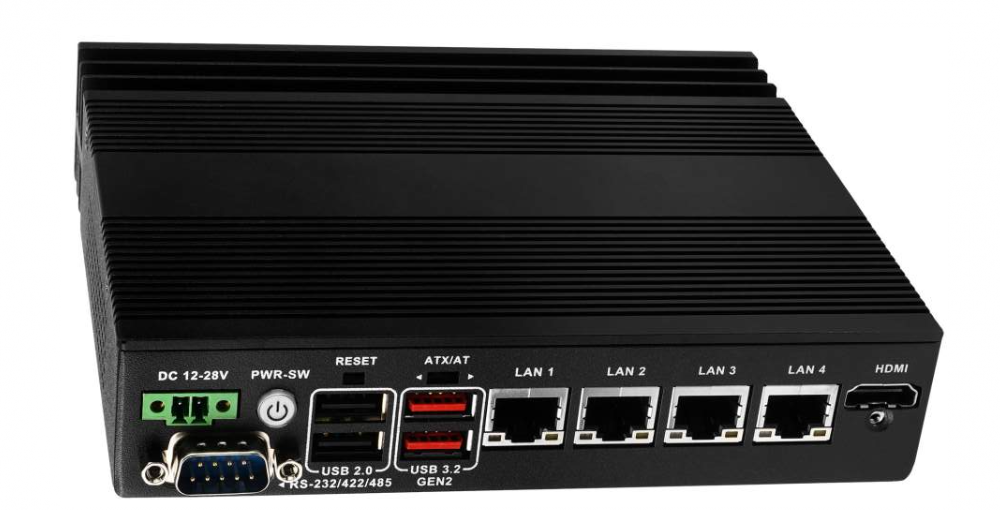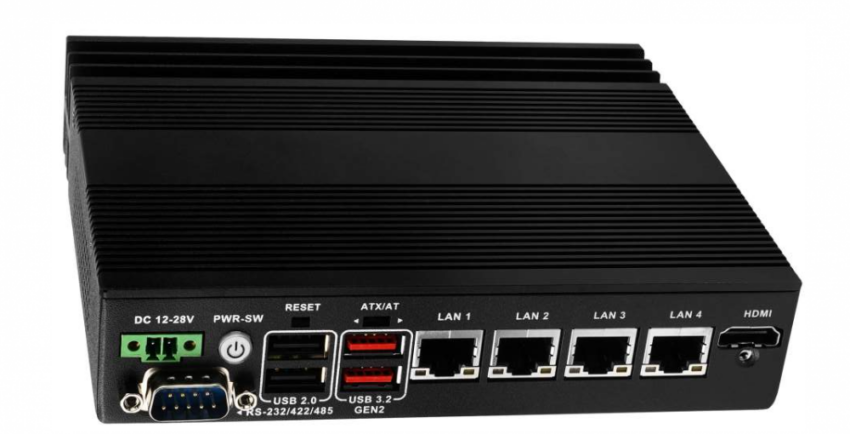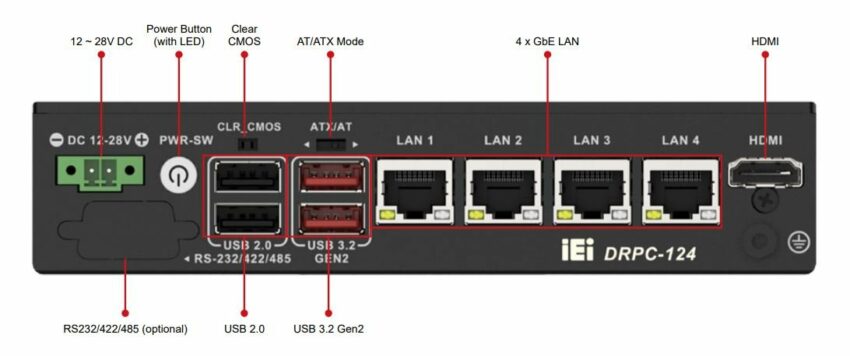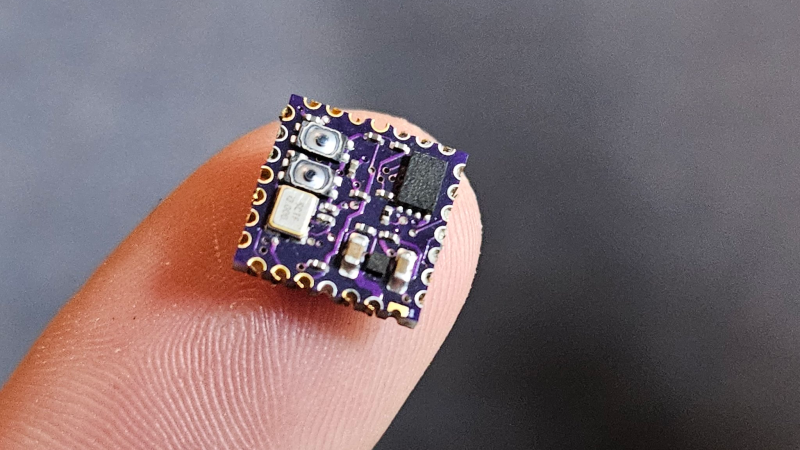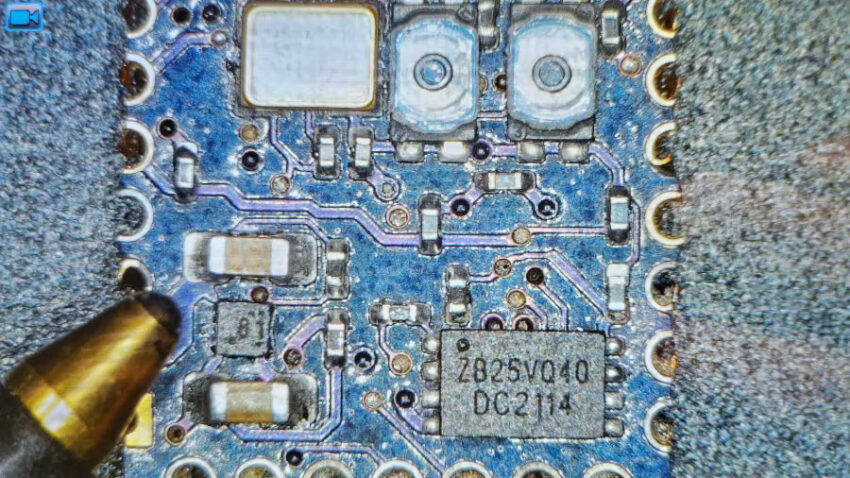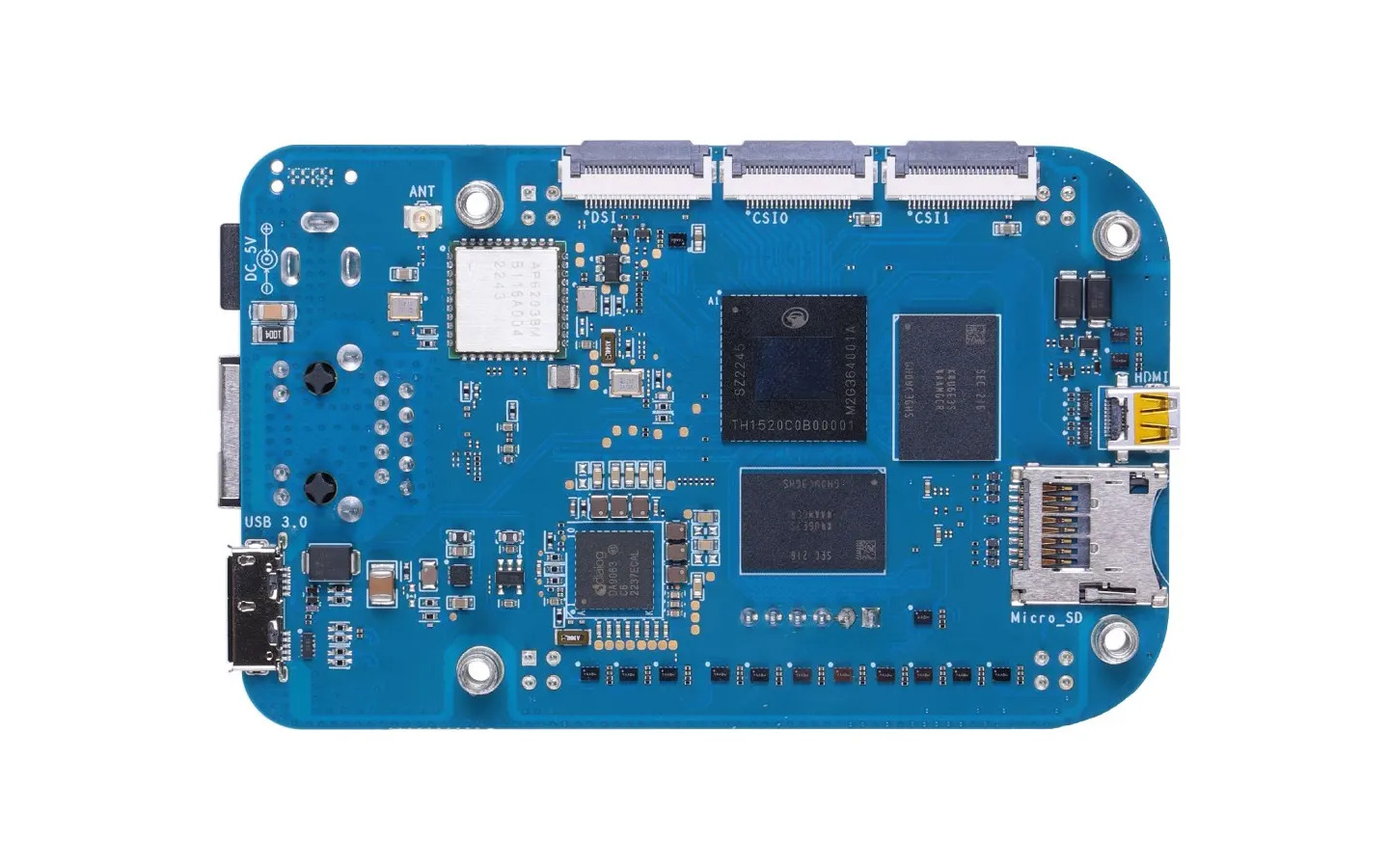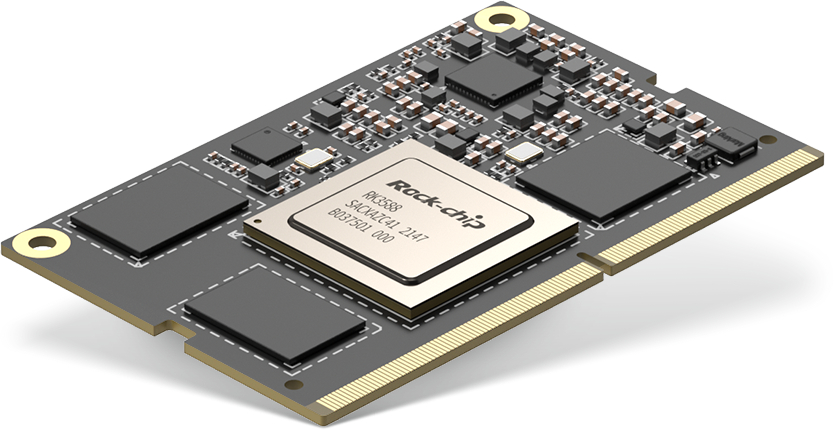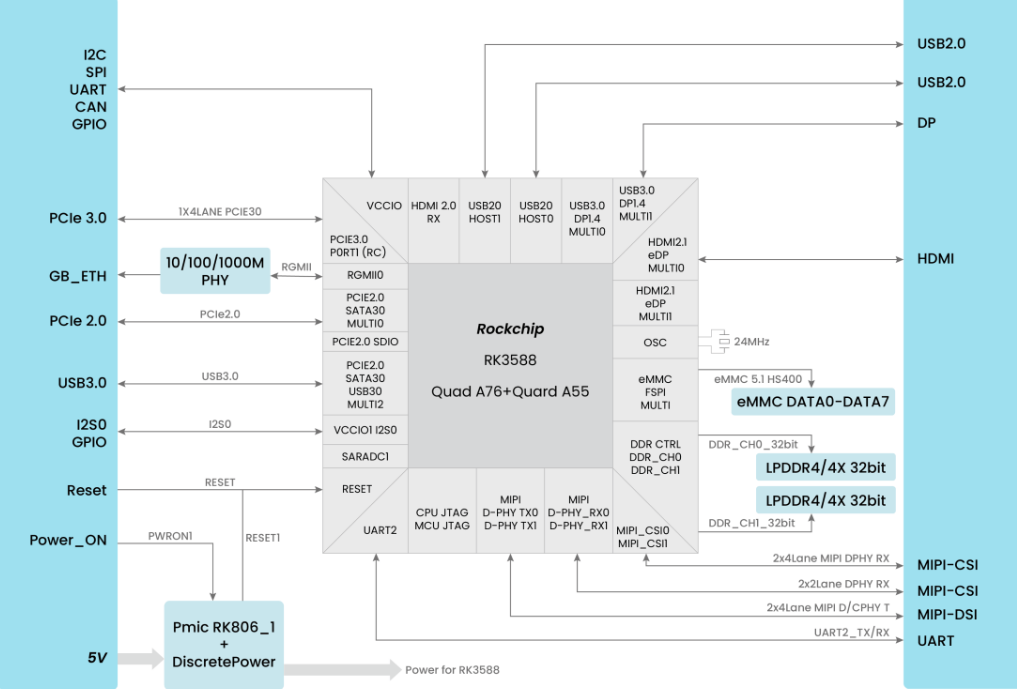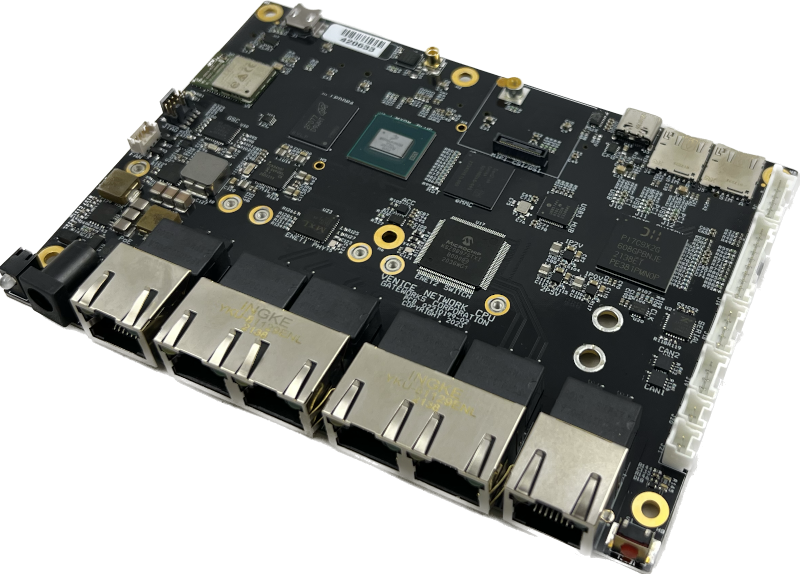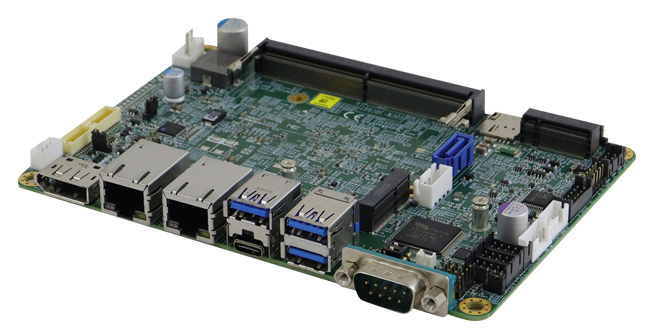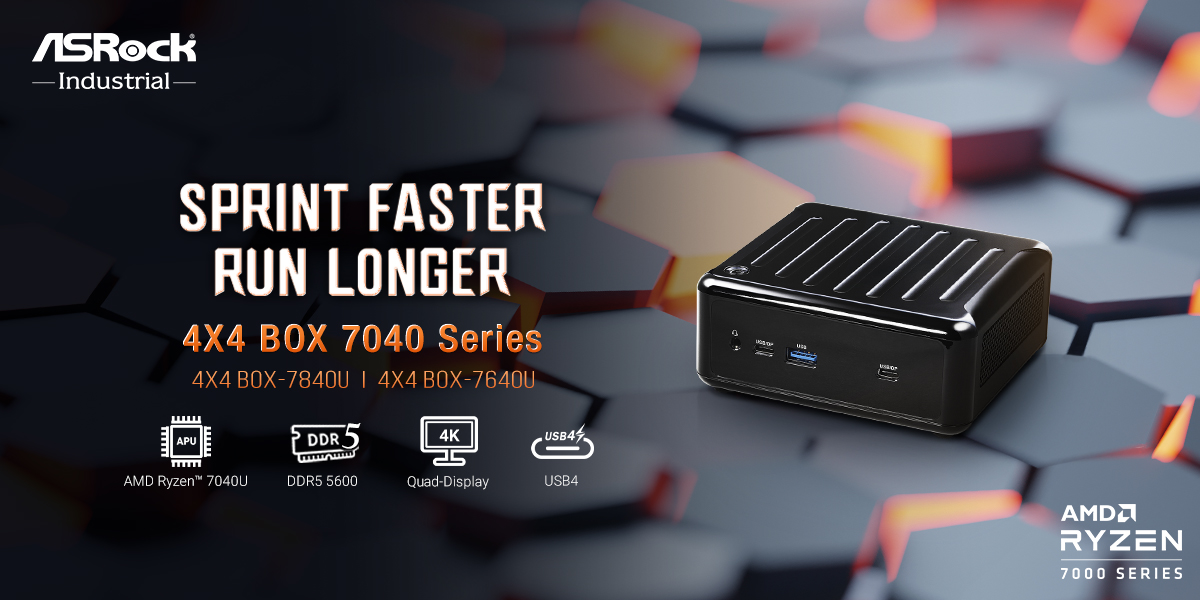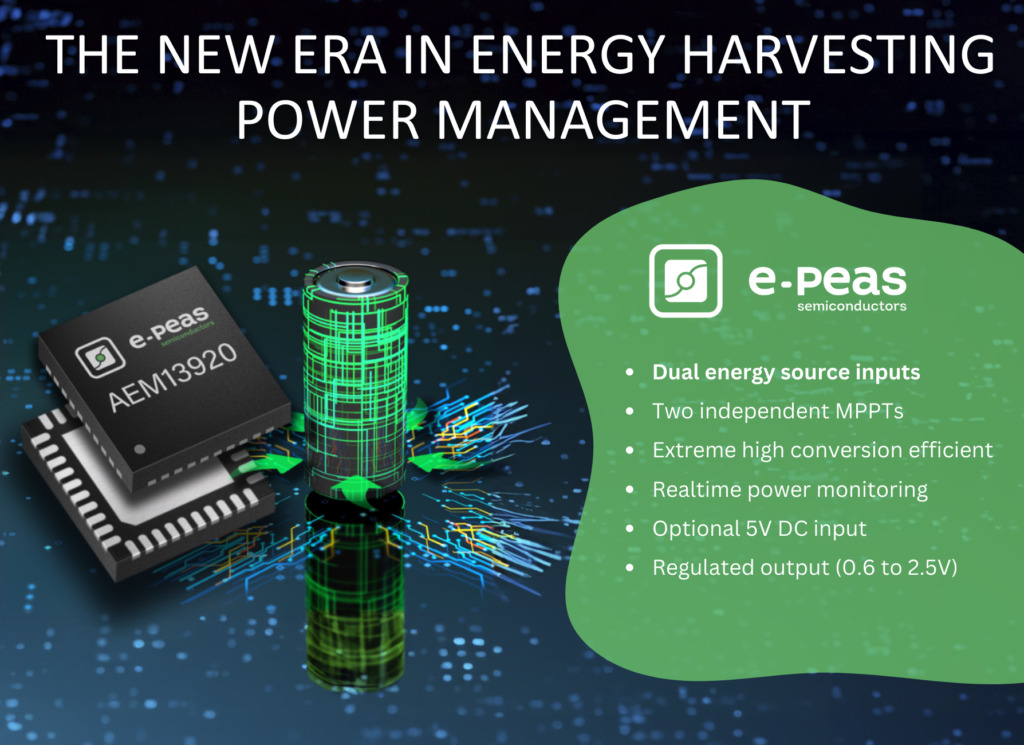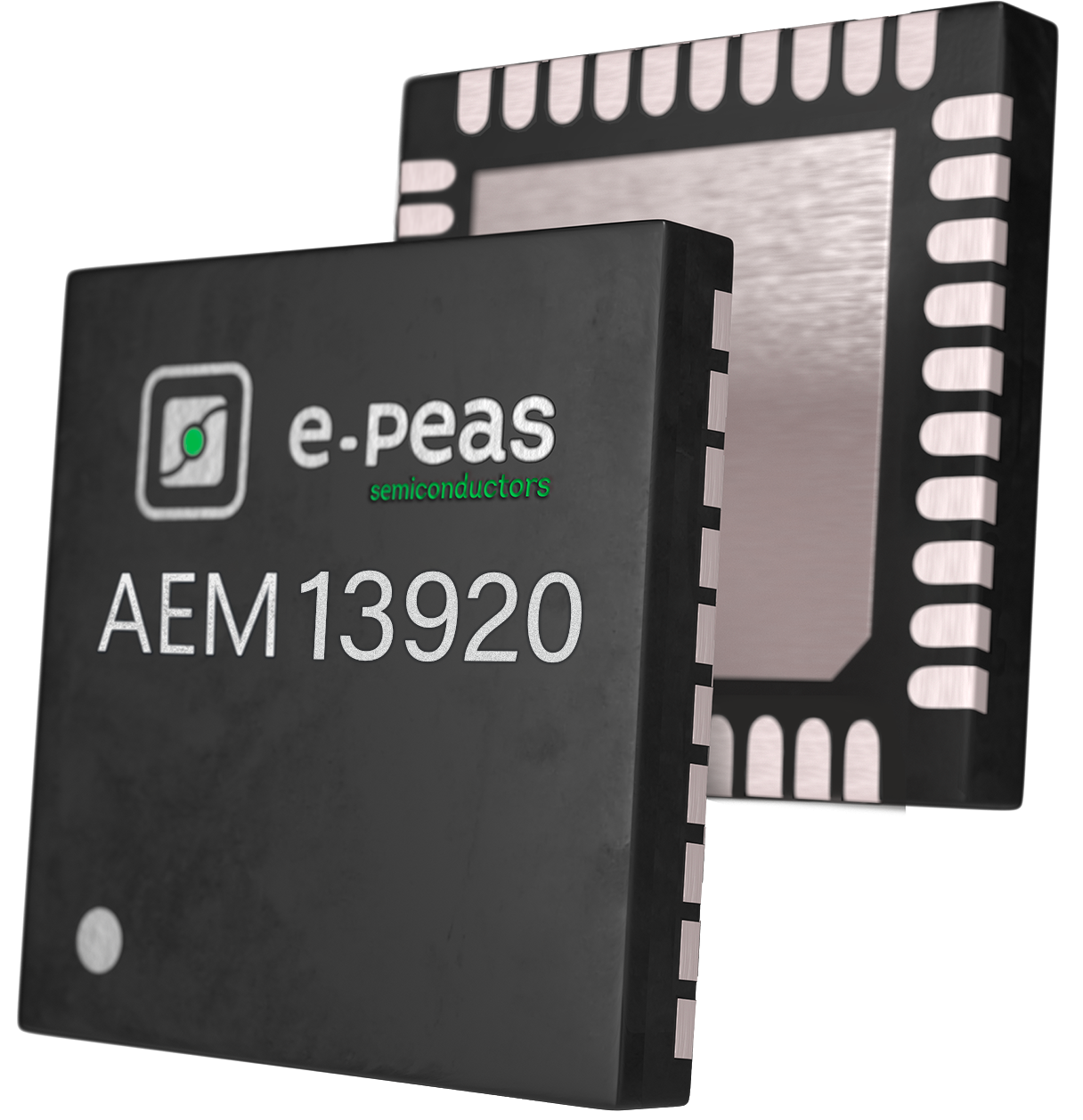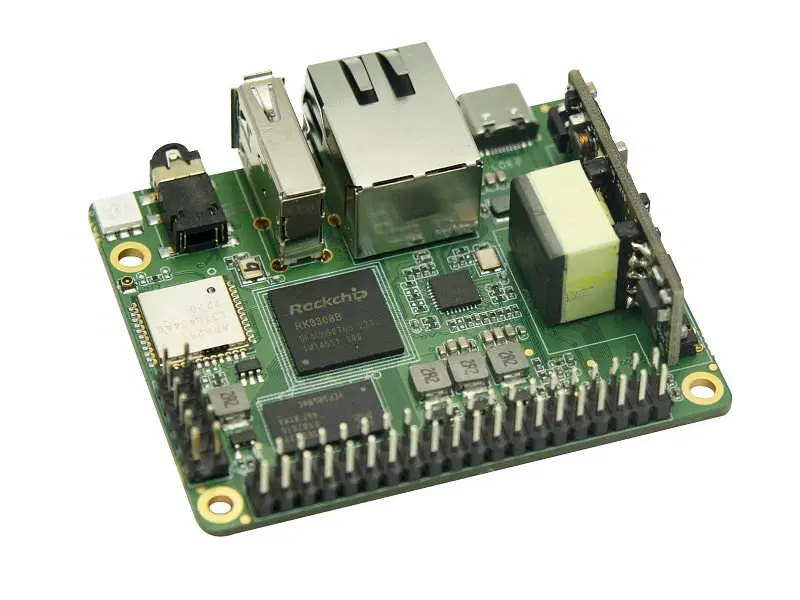
The most recent Banana Pi BPI-P2 Pro single-board computer designed for headless applications and smart audio applications, is still one to keep coming to mind when we talk about reducing hardware design difficulty and costs.
Created with an intention to meet the application needs of most embedded design engineers, the new Banana Pi BPI-P2 Pro development board comes with a rich set of interfaces such as I2S, TPM, UART, SPDIF, PCM, I2C, to mention a few. Its low power, high performance capability and Power over Ethernet support also make it an interesting board for IoT applications especially those that require a round-the-clock operation. The board can be used in any of the following smart audio application scenarios or IoT projects: industrial control, Smart Internet of Things, DIY projects, Speech Recognition, etc.
Compared to the BPI-P2 Zero and BPI-P2 Maker boards earlier released by the company, we can say that the BPI-P2 PRO is actually an upgrade as the 64-bit Rockchip RK3308 ARM chip in it is said to be faster than the Allwinner H2+ 4-core Cortex-A7 chip found in both the BPI-P2 Zero and the BPI-P2 Maker boards. The RK3308 chip also has a larger memory size of 2GB (against the 512MB) and supports a faster WIFI 5. The only downside to the BPI-P2 Pro board is that it does not come with a display interface, no GPU, and no video encoder or decoder.

Features and Specifications
- Newly released high-performance low-power quad-core RK3308 application SoC designed for smart AI solutions. It is characterized by multiple audio input interfaces and boasts of the following features:
- Quad-core ARM Cortex-A35 processor at up to 1.2GHz
- 16-bit DDR3/DDR3L/DDR2/LPDDR2
- Embedded Hardware Voice Activation Detection (VAD)
- ARM architecture v8-A instruction set
- ARM Neon Advanced Single Instruction, multiple data support
- Audio CODEC with 8x ADC and 2x DAC interfaces
- 2x I2S/TDM, 1x multi-channel PDM interface, 1x I2S
- High Power efficiency
- Designed for accelerated media and signal processing applications such as intelligent voice interaction, smart audio I/O processing etc.
- Up to 2GB DDR2 SDRAM memory
- 8GB eMMC onboard
- Micro SD card slot
- Headphone jack
- Dual-band WiFi (AP6256) and Bluetooth onboard
- 1x USB 2.0, 1x USB Type-C
- 40x pin GPIO expansion header and 12x pin GPIO header
- Power and Status LED, reset button and recovery key (1x each)
- Type-C 5V/2A or PoE (36V – 57V input)
- Weight: 30 grams
- Dimension: 65.0 mm x 52.5 mm
- Operating System: Linux, Debian or Ubuntu OS
The headless Banana Pi BPI-Pro headless SBC with PoE module is currently selling on AliExpress for around $31 including shipping. Further details on the board can also be found there.

